Floating hotels with the capacity of small towns are sprouting up in Papenburg, Germany. The captain will be in charge later, at sea. But until the cruise is under way, other experts have command of the bridge.
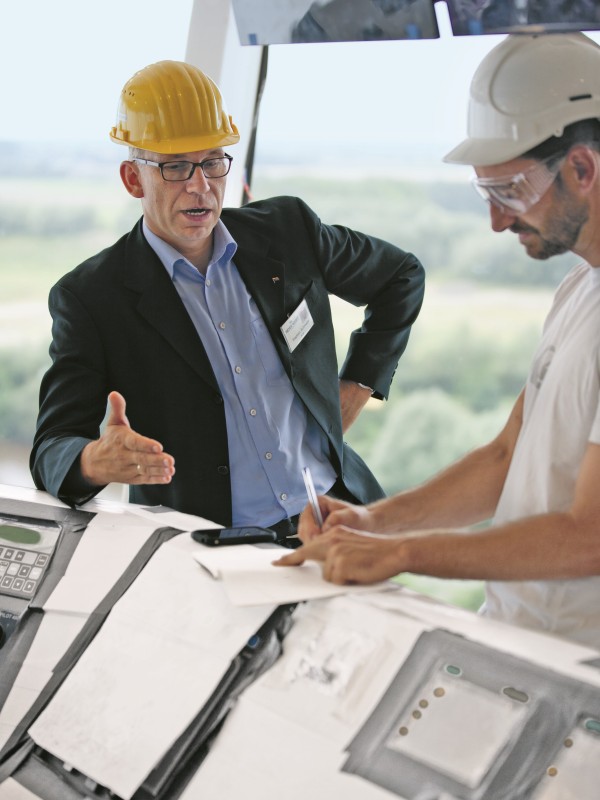
CAPTAIN OF THE BUILDING SITE
Project manager Stephan Schmees explains how a cruise ship comes together for editor Martin Sattler. Mr Schmees and his team are in the critical phase – in a matter of weeks, the ship is to be handed over to the shipping company.
he view from the head-high windows of the cruise ship is still of the rich green meadows of Lower Saxony stretching into the distance on this rainy grey late summer afternoon. The view is breathtaking here on the bridge, nearly 40 metres above the ground. Soon the captain of the giant ship will navigate toward Caribbean waters.
Stephan Schmees is the man responsible for ensuring that the ship can soon set out from Meyer Werft in Papenburg to beautiful islands like Barbados. We meet the project manager of the shipyard who, together with his team, has already been responsible for building four cruise ships in recent years. He takes us on a tour of the large construction site.
As high as a high-rise building with 20 decks and approximately 325,9 metres long, the ship sits enthroned at the outside dock. When going on a cruise, people say that the holiday mood sets in with the first steps onto the gangway. It is not working that way just yet. The ear-numbing screeching of an angle grinder slices through any thought of distant lands and relaxed hours on the sun deck.
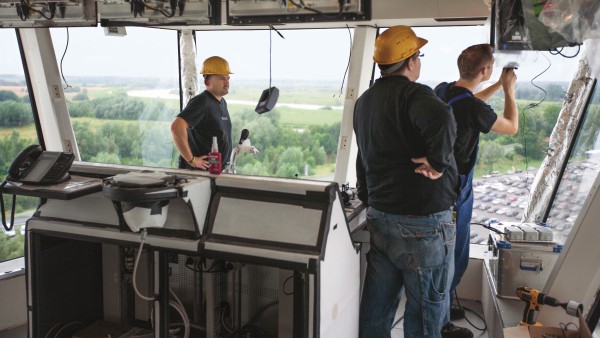
HIGH WIRES
Specialists wire the technical equipment at heady heights. The cars in the parking lot look like toys from the bridge of the ship.
Workmen with hard hats are everywhere, installing moldings, laying carpets or inspecting and approving already finished areas. They feverishly work in up to three shifts to make sure that everything will be ready on time for the guests. And that should work – although cables are still hanging from the ceiling and heavy stone slabs are waiting to be used: "We have never been late with a delivery", assures Stephan Schmees. "And we do not plan on changing that."
A lot still has to happen before the ship can leave the shipyard in close to three weeks and then be handed over to the shipping company. But what looks like one large construction site from the outside has already been a functioning cruise ship for a while – filled to the brim with state-of-the-art technology and high-end equipment.
As if to prove that point, engineer Sebastian Arians is just setting up the second autopilot in the conning tower. The cruise market also seems to be on autopilot. In recent years a downright boom has set in. Several shipping companies are meanwhile reporting that demand is greater than the supply. Considerably more tickets could be sold but there is simply not enough capacity.
The big four
Four shipyards in Europe build seagoing cruise ships: Meyer Werft Papenburg (Germany) and Meyer Turku (Finland), Fincantieri (Italy) and STX France (France).
This is why, in addition to American and Asian companies, large German cruise providers like AIDA Cruises or TUI Cruises are also ordering new giant ships. The shipbuilding industry has a strong tailwind. There is currently no better place to observe this than at Meyer Werft in Papenburg. The order books are full – and this means that the docks are too. "We only have individual building sites available again starting in 2021", says Mr Schmees. But they are already in the process of working on orders through 2024.
Continue reading below the picture galery.
Daily life at the shipyard
The sight of the ship's side, which is as high as a high-rise, takes visitors' breath away; for the approximately 3,100 employees at Meyer Werft in Lower Saxony, it is daily routine.
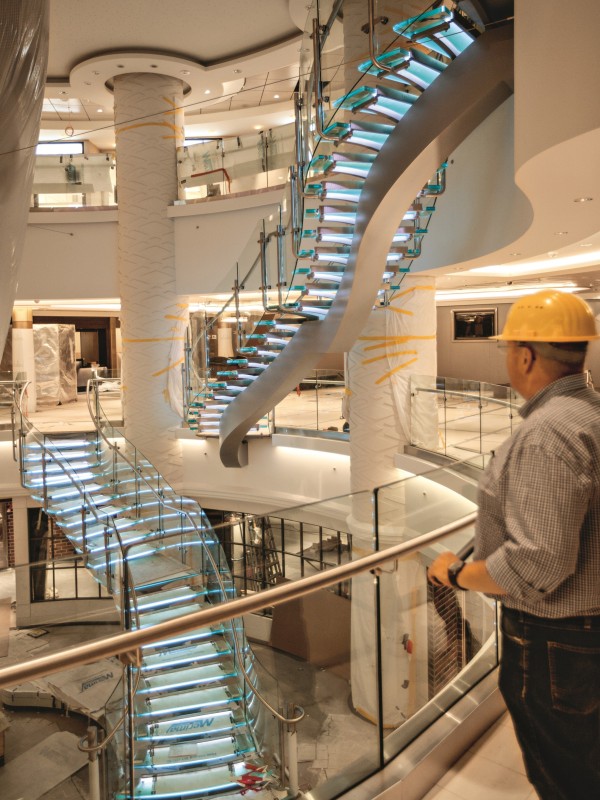
Wow effect
The stairs in the atrium are elaborately illuminated.
Orders like the nearly finished cruise ship. In a few weeks, the giant ship will sail down the river Ems towards the sea. Then, with an on-schedule delivery, the building sites inside the ship will have transformed into inviting relaxation areas for cruise fans.
For the time being, there are only hints of this transformation in the belly of this floating behemoth. Electric screwdrivers are spinning, the smell of paint and freshly processed wood hangs in the air. Cabins, restaurants, spa facilities, shopping areas and the theatre are getting the finishing touches.
The critical phase of the project began with the interior construction. Entirely finished areas and absolutely unfinished sections are very close to each other. Here a doorframe is still missing, there designer logos are already glowing in the shopping centre. It is important to remember: three weeks pass in the blink of an eye during the development of a cruise ship. The construction phase of the prototypes takes about one and a half years. The planning phase before that is nearly just as long.
"To be able to build our ships in the required time, we need reliable partners."
Realising major projects like building this ship requires functioning interactions between shipping companies, the shipyard and financial partners. The usual way is as follows: the shipping company orders construction of a cruise ship at the shipyard. However, the agreed building contracts come with the condition that acceptable financing must be found for the expensive ships, which cost up to a billion euros. "To be able to build our cruise ships with the usual high quality and in the required time, we need reliable banking partners that can provide such high loan amounts with very short approval times", said Thomas Weigend, Member of the Management and Director of Research, Sales and Production Development at Meyer Werft. " KfW IPEX-Bank is an organisation of this magnitude in the market – we have realised a great many challenging projects together quite successfully in the past 20 years. "
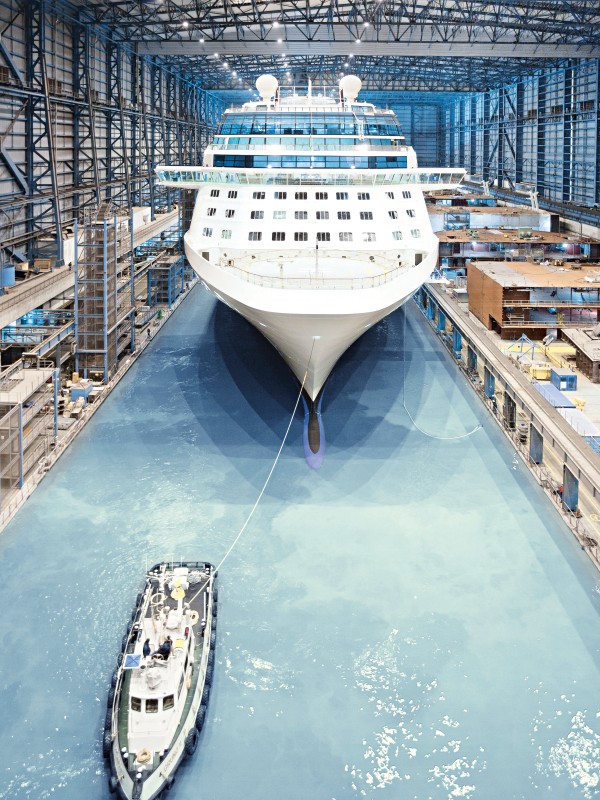
Home and dry
Meyer Werft can only begin construction once the financing for the ocean liner is available, which can be up to a billion euros.
From Frankfurt am Main, Germany, the specialist bank supports German and European shipyards with international business, usually in combination with other banks due to the high volumes. Structuring expertise is also essential to this process. The specialists at KfW IPEX-Bank know exactly how the loan must be structured so that large deals such as these work out for all contracting parties involved.
By financing the giant cruise ships, KfW IPEX-Bank also supports German export of advanced technologies and protects many jobs: around 3,100 employees work at Meyer Werft in Lower Saxony alone. This number even increases to 20,000 if we count the close to 800 mainly mid-sized suppliers that are also involved in construction, because the shipyard only provides around 25 per cent of the services when building cruise ships – approximately 75 per cent are undertaken by businesses from all over Germany.
So for example, the engines are from southern Germany. Even whole kitchens are delivered; hoods, walls and ceilings come from the region, the kitchen equipment is purchased from all over the world. The proximity to the relevant suppliers and the comprehensive integration know-how of the shipyards are also the main reasons why nearly all cruise ships are built in only four large European shipyards.
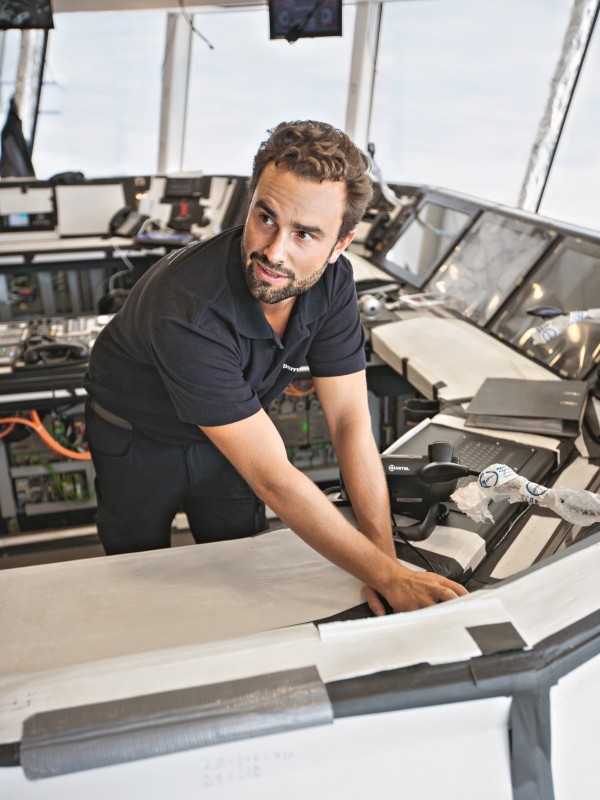
Safety check
Engineer Sebastian Arians puts the autopilot on track.
The exploration tour on board continues. On deck 20 we reach the outdoor area. The water park's water slides and pools are still covered with scaffolding or closed off with red and white barrier tape. The high rope course can also not be climbed yet. So we go deeper into the ship. We pass future restaurants, lounges and bars and enter a cabin. The double cabin with a balcony and spacious shower is already ready for occupants – and probably already booked for the maiden voyage.
Regular guests of the shipping company are very eager to be the first passengers to lie in these beds. There are around 2,000 fully furnished cabins on board; they are delivered as complete modules. Once they are in the right position, electricity and water are connected and the carpet is rolled out – and that's it.
Things are not quite as simple when it comes to the ship's theatre on deck 7. Around 800 visitors will soon sit down on the chairs, which will then no longer be covered in protective foil, and watch the musical performers' shows every evening. At the moment, a scaffold creates the backdrop and a handful of craftsmen are playing the leading roles. Meyer Werft purchases three perfectly equipped theatres every year – more than any city or municipality in Germany.
But there is more entertainment on board than just modern theatres, casinos and water parks. Other areas with high-tech equipment also await the passengers. "Of course the holidaymakers also want to be online while travelling and use their smartphones or tablets. As a result, the whole area of connectivity has gained tremendous significance", said Stephan Schmees. This and other developments ensure that cruise ships have the most state-of-the-art technology on board.
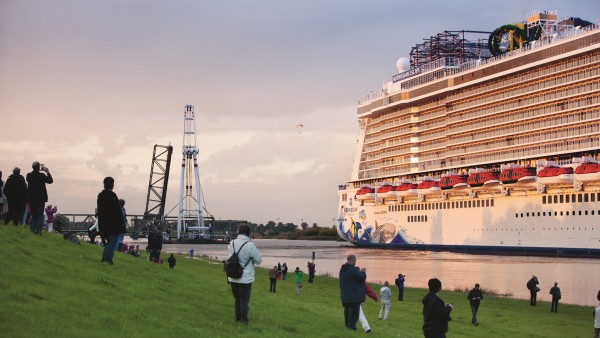
Ship ahoy!
Spectators send the giant ship off as it leaves the shipyard. The captain puts the ship in reverse for better manoeuvring. The high rope course and water park water slides are easily discernable on the upper deck.
That also applies as regards energy efficiency and environmental protection. New technical solutions ensure that whenever heat is generated with combustion, that this heat is also used. For example, modern heat recovery systems are used in the laundry: "In recent years many of the processes on board have been scrutinised and changed. For example, today we do the washing when the ship is moving and there is enough steam, not when there is enough laundry", said project manager Schmees.
Many other areas have also seen a change in thinking: beginning with environmentally friendly liquefied natural gas (LNG) engines and exhaust gas scrubbers, to the use of LEDs or more environmentally friendly exterior paints, through to reducing fuel consumption by using a cushion of air under the ship. The project manager sees great development therein: "it is a lot more fun when the end product is in line with green thinking and the level of efficiency is right."
Three weeks later, the visitors on board are presented with a completely different picture: the construction workers have cleared the field and made space for the crew and passengers. All the moldings are in place, the protective plastic film has been removed from the carpets and the red and white barrier tape in the water park is gone. This cruise ship was also finished just in time.
The time has come to say goodbye – a great day for all involved, tens of thousands of spectators have come: the cruise ship leaves its building site in Papenburg and floats down the Ems towards the North Sea, the first stage of its way to the Caribbean. GPS transmitters on the banks of the Ems help the ship to navigate with centimetre precision. Around 1,000 people are on board including the crew. The captain and the crew have already spent several days on board to learn the procedures and settle in.
For project manager Stephan Schmees, the ship's departure is an emotional moment: "A huge weight has fallen from my chest – that's clear. But it is strange, nevertheless. In the end, you give your ship, your baby, to someone else after one and a half years." There is not a lot of time for him to ponder this. The next ship is already in the colossal halls of the shipyard, waiting to take the place that opened up at the outside dock. As we said: the cruise market is booming.
Published on KfW Stories on 15 May 2017, updated on 11 November 2022
The described project contributes to the following United Nationsʼ Sustainable Development Goals
Goal 8: Promote inclusive and sustainable economic growth, employment and decent work for all
The economic growth of the past decades has come at the expense of natural resources and the global climate, and has long since reached ecological limits. If all people were to be given access to the quality of life that people accept as a matter of course in Germany, several planet Earths would be required to sustain it. Sustainable economic development reconciles social, ecological and economic development goals.

All United Nations member states adopted the 2030 Agenda in 2015. At its heart is a list of 17 goals for sustainable development, known as the Sustainable Development Goals (SDGs). Our world should become a place where people are able to live in peace with each other in ways that are ecologically compatible, socially just, and economically effective.

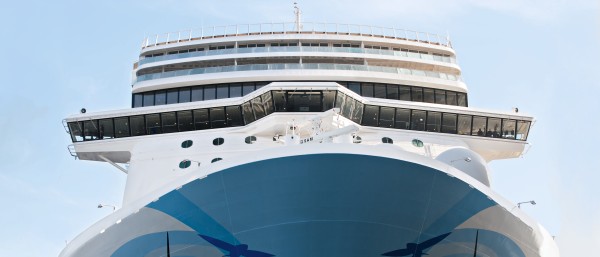
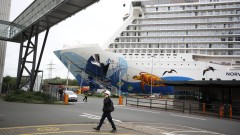
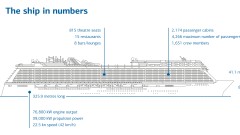
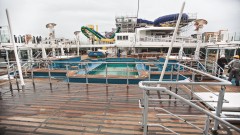
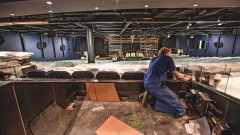
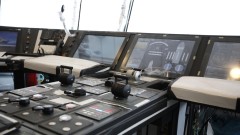
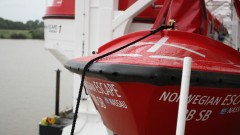
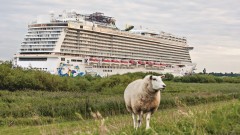
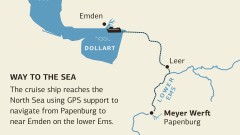
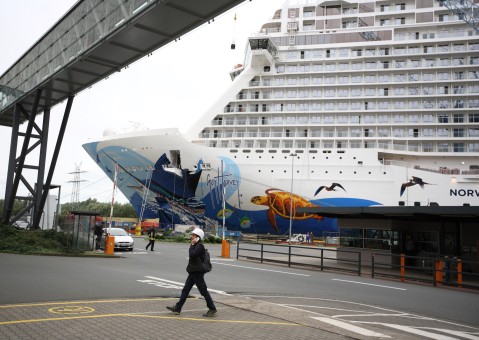
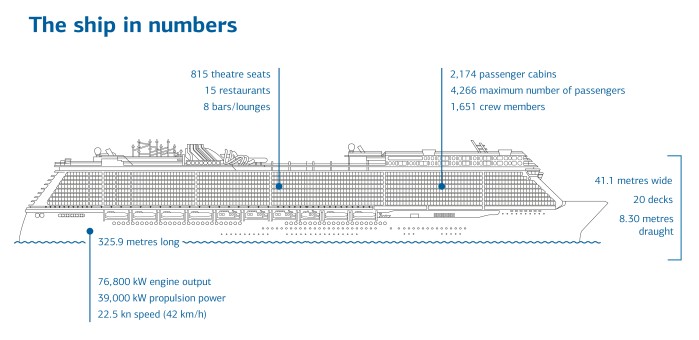
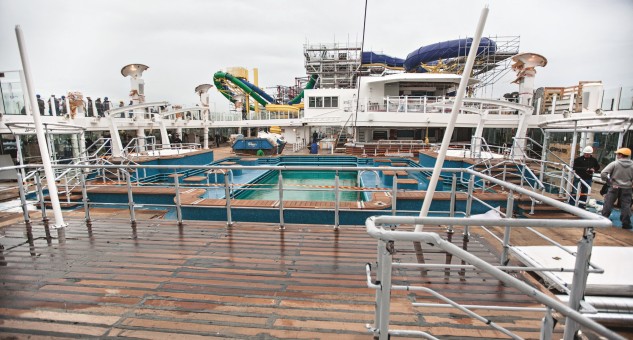
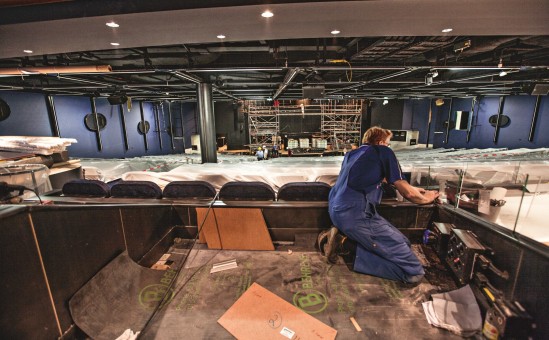
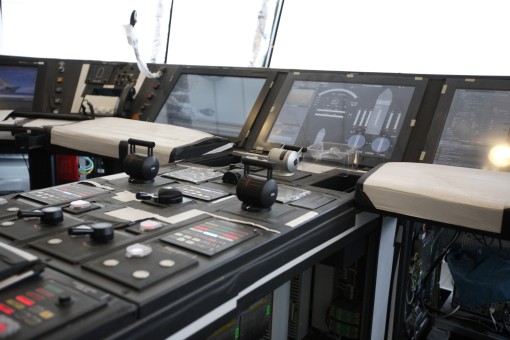
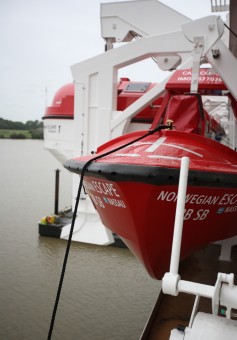
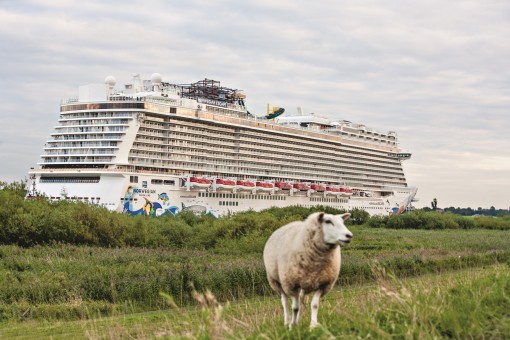
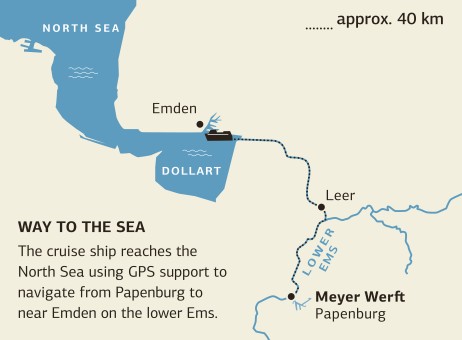
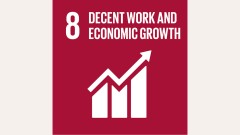
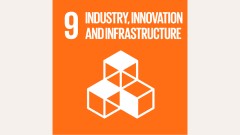

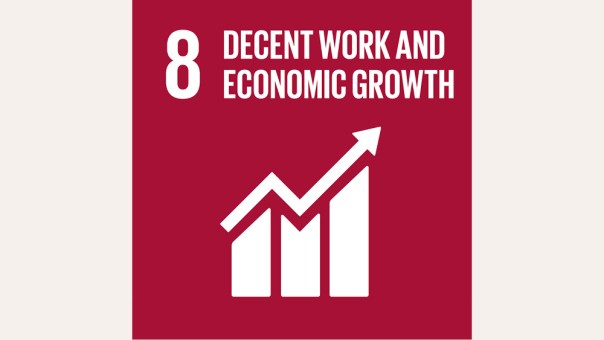
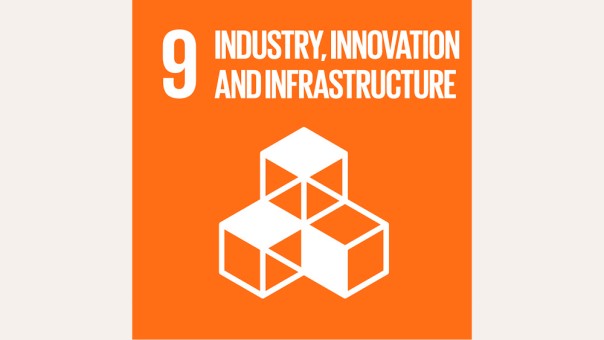

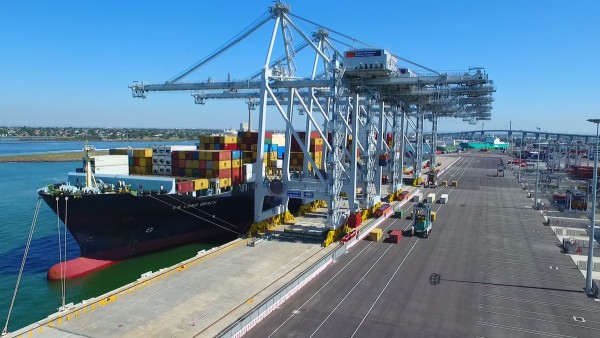
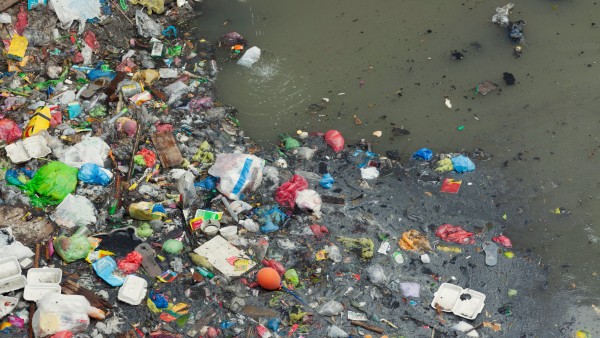
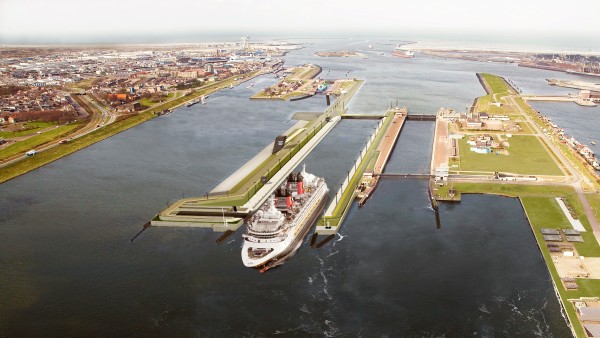
Data protection principles
If you click on one of the following icons, your data will be sent to the corresponding social network.
Privacy information